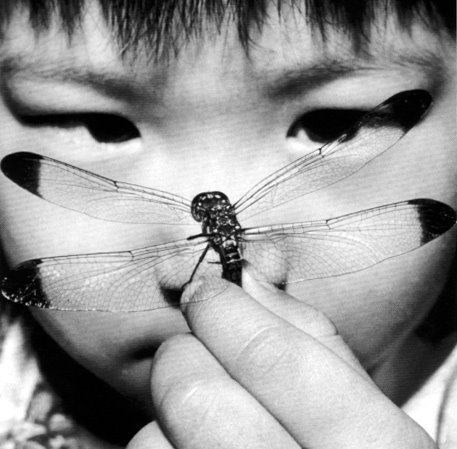WILLIAM JAMES, qué hombre...

In action grown habitual, what instigates each new muscular contraction to take place in its appointed order is not a thought or a perception, but the sensation occasioned by the muscular contraction just finished. A strictly voluntary act has to be guided by idea, perception, and volition, throughout its whole course. In an habitual action, mere sensation is a sufficient guide, and the upper [p.116] regions of brain and mind are set comparatively free. A diagram will make the matter clear:
Let A, B, C, D, E, F, G represent an habitual chain of muscular contractions, and let a, b, c, d, e, f stand for the respective sensations which these contractions excite in us when they are successively performed. Such sensations will usually be of the muscles, skin, or joints of the parts moved, but they may also be effects of the movement upon the eye or the ear. Through them, and through them alone, we are made aware whether the contraction has or has not occurred. When the series, A, B, C, D, E, F, G, is being learned, each of these sensations becomes the object of a separate perception by the mind. By it we test each movement, to see if it be right before advancing to the next. We hesitate, compare, choose, revoke, reject, etc., by intellectual means; and the order by which the next movement is discharged is an express order from the ideational centres after this deliberation has been gone through.
In habitual action, on the contrary, the only impulse which the centres of idea or perception need send down is the initial impulse, the command to start. This is represented in the diagram by V; it may be a thought of the first movement or of the last result, or a mere perception of some of the habitual conditions of the chain, the presence, e.g., of the keyboard near the hand. In the present case, no sooner has the conscious thought or volition instigated movement A, than A, through the sensation a of its own occurrence, awakens B reflexly; B then excites C through b, and so on till the chain is ended when the intellect generally takes cognizance of the final result. The process, in fact, resembles the passage of a wave of 'peristaltic' motion [p.117] down the bowels. The intellectual perception at the end is indicated in the diagram by the effect of G being represented, at G', in the ideational centres above the merely sensational line. The sensational impressions, a, b, c, d, e, f, are all supposed to have their seat below the ideational lines. That our ideational centres, if involved at all by a, b, c, d, e, f, are involved in a minimal degree, is shown by the fact that the attention may be wholly absorbed elsewhere. We may say our prayers, or repeat the alphabet, with our attention far away.

